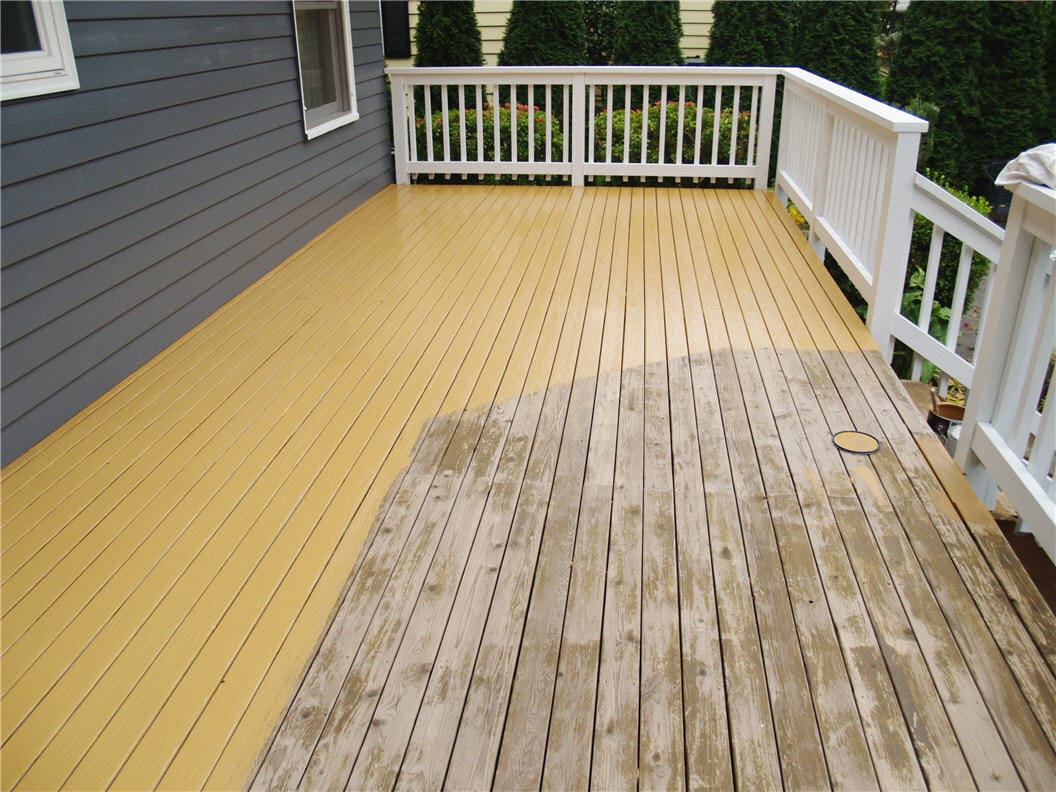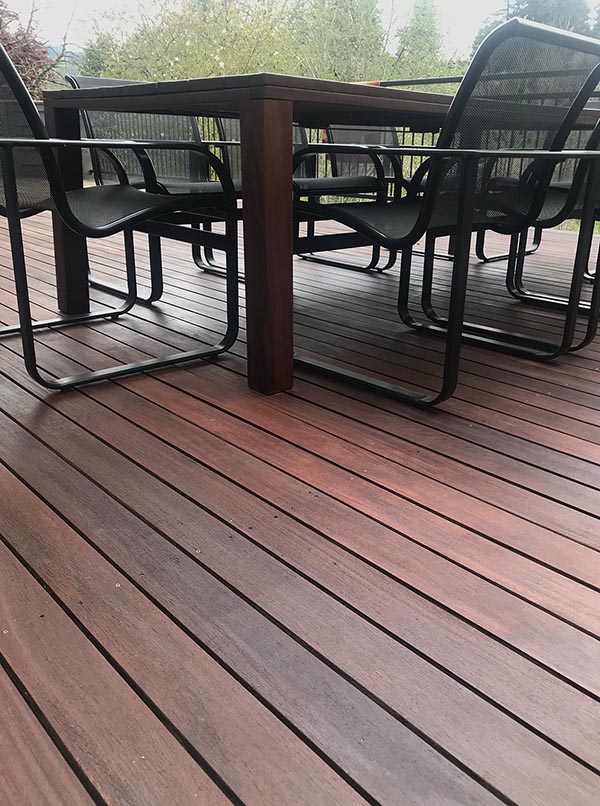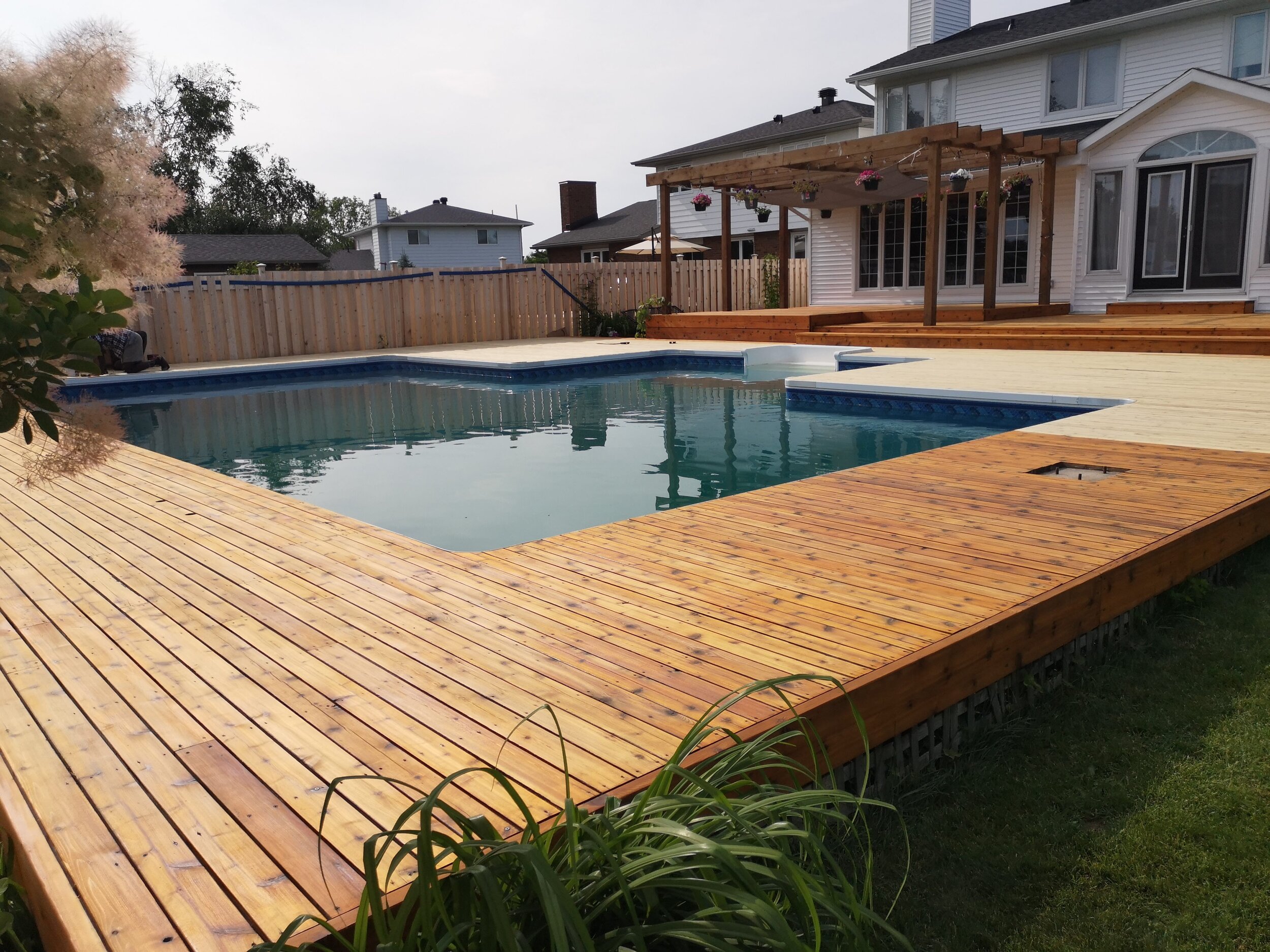Choosing the Right Stain for Your Fence: Tips and Factors To Consider
When it concerns boosting the appearance and keeping of your fencing, picking the ideal tarnish is important. With a wide variety of options readily available, it can be frustrating to identify which discolor will certainly best fit your requirements. This guide will certainly provide you with considerations and ideas to aid you make an informed decision. We will check out the various kinds of fence stains, factors to consider before choosing a stain, pointers for preparing your fencing for discoloration, and the differences between water-based and oil-based spots. In addition, we will dive into picking the best discolor color to enhance your fence and improve your outdoor space. By complying with these standards, you can guarantee that your fencing remains protected and cosmetically pleasing for many years ahead.
Comprehending Various Kinds Of Fence Spots

On the other hand, water-based discolorations are made from acrylic or latex and use a more subtle shade to the wood. They create a protective film externally of the wood, preventing moisture from leaking in and shielding against UV damage. Water-based discolorations are much easier to cleanse up and have a quicker drying out time compared to oil-based discolorations. They are also less most likely to break or fade in time.
Picking in between water-based and oil-based discolorations relies on different aspects, including personal preference, the desired appearance, and the level of upkeep called for. Oil-based discolorations are recommended for surround high-traffic areas or those continuously revealed to extreme climate conditions. fence staining. Water-based spots, on the various other hand, are a prominent option for fence suburbs where appearance and convenience of usage are vital
Comprehending the distinctions in between water-based and oil-based stains aids property owners make an educated choice when picking the best stain for their fence. Taking into consideration the specific requirements of the fencing, such as its place, exposure to sunlight, and preferred aesthetic, will guarantee that the selected stain gives durable defense and boosts the total elegance of the fence.
Factors to Take Into Consideration Prior To Picking a Discoloration

Different kinds of timber take in discolorations in different ways, resulting in varying degrees of shade intensity and toughness. Furthermore, particular woods might be extra susceptible to problems like rot or insect problem, which might impact the choice of tarnish to shield and maintain the fencing.
The climate and weather conditions in your area need to likewise be considered. You may need a discolor that provides additional security versus dampness and UV rays if you live in a location with rough winter seasons or high humidity. Likewise, if your fencing is revealed to route sunshine for lengthy durations, a discolor with go to these guys UV inhibitors can assist prevent fading and discoloration.
Lastly, it's important to consider your desired visual. Various spots offer various colors and coatings, permitting you to personalize the appearance of your fencing (deck staining). Think about the total design and design of your home, as well as any kind of local regulations or home owner organization standards that might determine the appropriate tarnish shades
Tips for Readying Your Fence for Discoloration
Cleansing the fence is an important step as it gets rid of dust, gunk, and any previous coatings that might conflict with the discoloration procedure. Rub the surface gently, paying additional interest to locations with persistent discolorations or mold.
After cleaning, permit the fence to dry totally. fence staining. This step is crucial as tarnishing a damp or wet surface area can result in poor bond and an irregular coating. Depending on the weather, it may take anywhere from a couple of hours to a couple of days for the fencing to dry completely. Guarantee that the fencing is completely dry prior to proceeding with the staining procedure.
Before discoloration, examine the fence for any problems, such as loosened boards or nails. This product assists to open the wood pores, permitting the discolor to penetrate a lot more efficiently and evenly.

Comparing Water-Based and oil-based Spots
When picking a tarnish for your fencing, it is essential to contrast the characteristics and advantages of water-based and oil-based stains. Both types of stains have their very own advantages and factors to consider, so it is important to comprehend the distinctions between them.
Oil-based spots are known for their sturdiness and resistance to deterioration. They permeate deeply right into the timber, giving superb security against the aspects. They also improve the natural beauty of the wood by highlighting its grain and structure. Furthermore, oil-based discolorations tend to last longer than water-based stains, making them a popular selection for fencings.
On the other hand, water-based stains are more environmentally friendly and simpler to cleanse up. They may not supply the exact same degree of security as oil-based discolorations, specifically in rough weather condition conditions.
Inevitably, the option in between oil-based and water-based stains depends on your particular demands and preferences. When making your choice, think about aspects such as toughness, ecological impact, and simplicity of application. Consulting with an expert or looking for suggestions from specialists can also aid make sure that you select the best stain for your fencing.
Picking the Right Discoloration Shade for Your Fencing
The selection of an appropriate discolor color for your fencing is a vital facet of enhancing its visual charm and enhancing the overall layout of your outside room (fence staining nashville tn). The best tarnish color can transform a plain, normal fencing right into a striking centerpiece that adds depth and personality to your building
When choosing a tarnish color for your fence, it is necessary to consider the design and style of your home. Natural tones such as neutrals and browns can develop a warm and inviting appearance if you have a traditional or conventional design home. On the other hand, if you have a modern or modern home, you could take into consideration deciding for bold and vibrant shades that make a statement.
An additional variable to think about is the natural environments of your building. If you have a great deal of plant, a tarnish color that matches the all-natural landscape, such as environment-friendlies or crimsons, can produce a harmonious and natural appearance.
Additionally, it's worth taking into consideration the maintenance required for different tarnish shades. Lighter shades have a tendency to reveal dust and wear more conveniently, while darker shades can hide flaws and require less regular touch-ups.
Ultimately, the option of discolor color for your fencing need to reflect your personal design and choices - deck cleaning. Make the effort to speak with and check out different alternatives with specialists if required, to make sure that you choose the best discolor shade that improves the appeal and allure of your fencing
Conclusion
To conclude, when it pertains to selecting the best stain for your fence, it is important to comprehend the different sorts of stains available and consider aspects such as toughness and wanted look. Preparing the fencing appropriately prior to staining is essential for achieving optimum outcomes. Additionally, comparing oil-based and water-based stains can aid establish the ideal choice for your certain requirements. Last but not least, choosing the right discolor shade can enhance the general visual appeals of your fencing.
We will discover the different types of fencing stains, aspects to consider prior to picking a stain, suggestions for preparing your fence for discoloration, and the differences in between water-based and oil-based discolorations.Separating in between oil-based and water-based stains is vital when understanding different kinds of fence discolorations. Water-based spots are less complicated to cleanse up and have a much faster drying time compared to oil-based spots. Furthermore, oil-based discolorations often tend to last longer than water-based discolorations, making them a popular choice for fencings.
In final thought, when it comes to picking the right discolor for your fencing, it is vital to understand the different types of spots available and think about elements such as resilience and desired look.